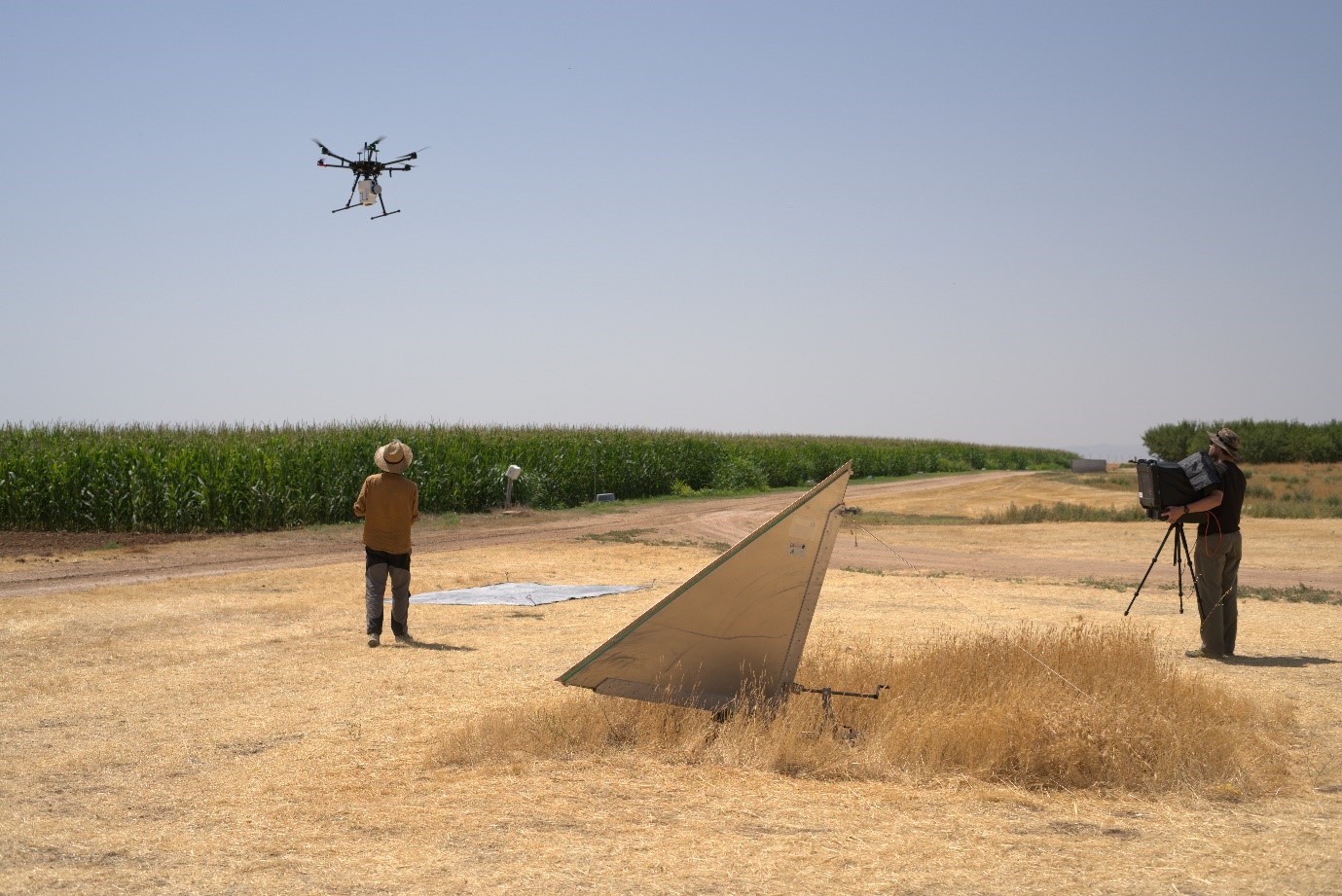
News and Media

Landscape review supports NERC’s low-carbon science vision

NERC has commissioned UK environmental science centres to review the Uncrewed Aerial Systems landscape in support of low-carbon environmental science research. Uncrewed Aerial Systems (UAS) enable research that is currently beyond the reach of traditional aircraft and other methods – playing a crucial role in supporting cutting-edge science, while contributing to reduced carbon emissions.
To support UKRI’s strategy to achieve Net Zero by 2040, NERC commissioned the UK’s environmental science centres to review the UAS landscape. Recommendations on how best to invest in and support environmental science research using these technologies are published in the report: Net Zero Aerial Capability (NZArC) Scoping Report: A Review of the Role of Uncrewed Aerial Systems in the Decarbonisation Strategy of NERC Aerial Activities.
Review methodology
The report is co-authored by experts from eight NERC Centres and collaborating Institutes:
- British Antarctic Survey (BAS),
- British Geological Survey (BGS),
- National Oceanographic Centre (NOC),
- National Centre for Earth Observations (NCEO),
- National Centre for Atmospheric Science (NCAS),
- UK Centre for Ecology & Hydrology (UKCEH),
- Scottish Association for Marine Science (SAMS), and
- Plymouth Marine Laboratory (PML).
Recommendations have been developed collaboratively through several NERC-funded workshops and an analysis of case studies provided by the research community, demonstrating the existing and desired use for UAS in environmental science. The purpose of requesting community-led case studies was to identify clear barriers and therefore viable opportunities for growing the use of UAS.
Quote from Prof Martin Wooster, NCEO Divisional Director:
Capitalising fully on the low-carbon potential of UAS-based field measurement capabilities will require technological and regulatory change. NCEO are proud to have been a part of scoping out these requirements for this comprehensive report.”
Outputs and Recommendations
The report:
- assesses the current use of UAS in environmental research
- identifies existing gaps, and
- outlines a strategic vision for the future.
Key recommendations include:
- overcoming regulatory hurdles
- building capacity
- fostering technology development
- ensuring data integrity, and
- enhancing data accessibility.
NERC acknowledges the comprehensive set of recommendations outlined in the report, recognising the input and efforts of the authors and wider research community who contributed to this work. NERC looks forward to continuing to work with the report’s Steering Committee to ensure a coordinated approach to delivering impact from the report.
Dr Iain Williams, NERC Director of Strategic Partnerships:
I’m hugely grateful to all those who were involved in contributing to this report. It offers a valuable and comprehensive roadmap for advancing the use and capabilities of UAS to support new insights across the environmental sciences and doing so in a way to reduce the carbon emissions in field research. The report contains some important recommendations and fascinating case studies on the use of UAS in a wide range of environmental science applications. I’m looking forward to seeing the outputs from the two projects linked to this programme and how they may develop new approaches to environmental mapping.”
The full report can be found here.
Share this article



Published by Tara Thompson
Communications Manager
University of Leicester
Latest News and Events


